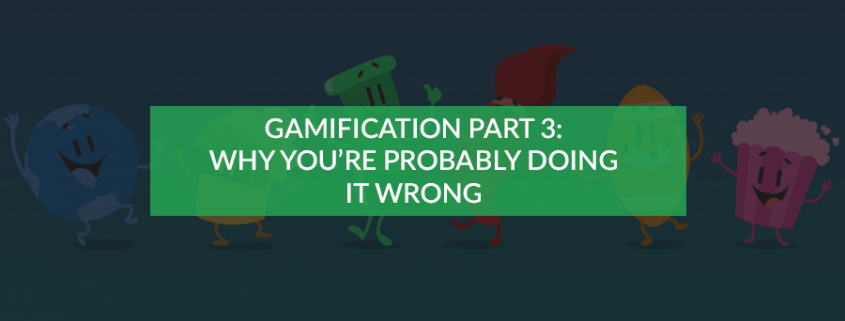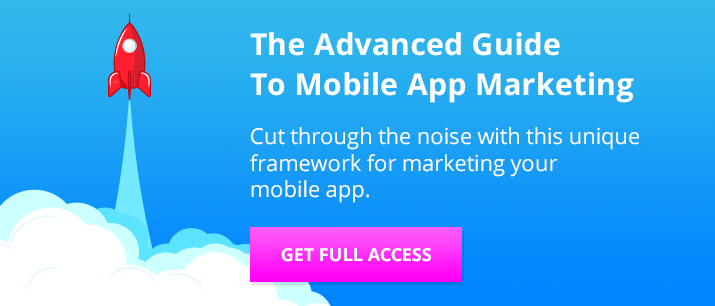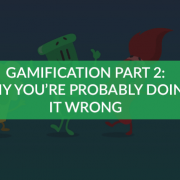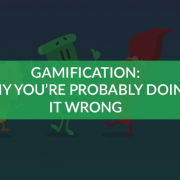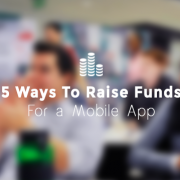Part 3: 5 Important Approaches For Gamifying Mobile Apps
This is part 3/3 in the Buzinga crash course Gamification: How To Gamify Your App For Powerful User Engagement.
Part 1 – Gamification: Why You’re Probably Doing It Wrong
Part 2 – 4 Powerful Reward Strategies For Gamifying Mobile Apps
In part 1, I spoke with you about the different player types. I established that common gamification techniques such as badges and leader-boards may actually may not be the most effective.
Why? Because they only cater to a small segment of player types.
In part 2, we looked at the different types of rewards and punishments. The threat of taking something away can be just as powerful as the promise of receiving something.
Today, I’m going to define the different way you can introduce these rewards to reap the maximum effects on your users.
One of the most important aspects of gamification is the concept of schedules.
This is where you determine when a reward will be granted.
Generally speaking, there are 5 types of app gamification schedule. Each with its own pros and cons.
Continuous Reinforcement
 Source: Behaviorism
Source: Behaviorism
This is where a user is rewarded every single time they complete an action.
Since it’s the most straight forward to apply, it’s normally the most commonly used approach.
Continuous reinforcement works best when users first encounter an action.
There’s a strong association between the action and the reward but you can soon lose impact once the novelty wears off.
Since you receive a reward every time, it hardly feels special to keep receiving the same reward.
To encourage longer term engagement, we need to switch to a partial reinforcement.
Fixed Ratio Schedule
This is where a reward is granted after a set number of actions.
For example, that ‘buy 5 coffees, get your 6th free’ card you have in your wallet… That’s a fixed ratio reward.
Fixed Interval Schedule
This is where a reward is given after a set amount of time.
Often, this results in increased activity leading up to the point where a reward is given but then there’s a drop off after the reward.
This technique is great for encouraging users to participate in your app at a certain time.
Variable Interval
A variable interval is when the user doesn’t know when the next reward will come. The granting of this reward though, is not dependent on their participation.
For example, let’s consider receiving messages. You never know when your next message will arrive. Checking your messages constantly won’t make them arrive any sooner.
Variable Ratio
Out of all the schedules, this is the most powerful.
Using this schedule, users don’t know how many interactions they need to complete before they receive their reward. They only receive a reward by interaction and… Waiting.
An extreme example of this technique is gambling. Let’s say, you bet on either red or black in Roulette.
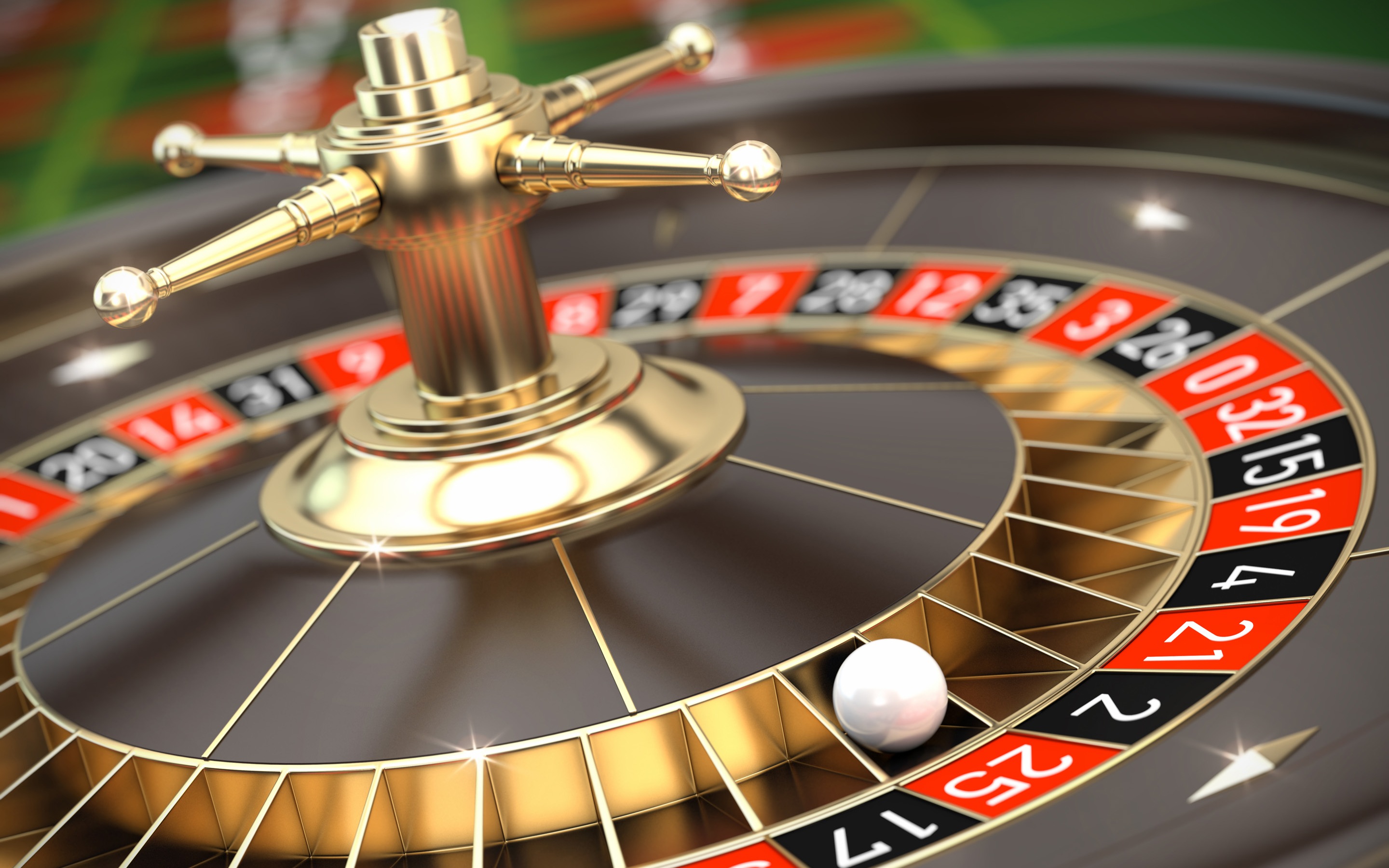 Source: Globe Views
Source: Globe Views
You’re guaranteed that at some stage, you’ll eventually win. There’s no way of knowing though, when this will actually occur.
Hidden versions of this method also appear quite frequently in free to play games. These are the ways app developers leverage their monetisation models.
Using these different schedules for rewards (and sometimes for punishment), we can encourage users to constantly engage with your application.
Conclusion
With this extra knowledge, you can customise your gamification systems going beyond simply implementing a leader board and hoping for the best.
Are your target audience mostly achievers?
Why not use the threat of a negative punishment on a variable interval schedule, taking away something they’ve been given.
If your messaging app audience are socialisers, implement a negative reward on a fixed ration schedule, removing a limitation with the more messages they send to their friends.
Gamification has received a bad reputation for most part because there’s often very little thought to the underlying rules.
By applying some of the techniques we’ve outlined in these posts, you can build more engaging and fun apps, whilst delivering a better experience to your users.
Which schedule works best for you? Please let me know by commenting below.
If you haven’t already, please check out the following articles.
Click here for Part 1 – Gamification: Why You’re Probably Doing It Wrong
Click here for Part 2 – 4 Powerful Reward Strategies For Gamifying Mobile Apps
Latest posts by Ben Rejmer (see all)
- 5 No-Cost Ways To User Test Your App - June 18, 2015
- Part 3: 5 Important Approaches For Gamifying Mobile Apps - June 4, 2015
- Part 2: 4 Powerful Reward Strategies For Gamifying Mobile Apps - June 3, 2015

